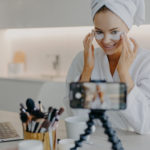Microblading is both the hottest trend in the beauty industry and the highest paying. Working consistently with as few as two clients per day you can still earn more than $300,000 a year. Of course, that kind of income isn’t possible without extensive training, licensure and certification.
Microblading originated in Asia, where it has been around a long time, but only in recent years has the popularity of this beauty service positively exploded in the United States.
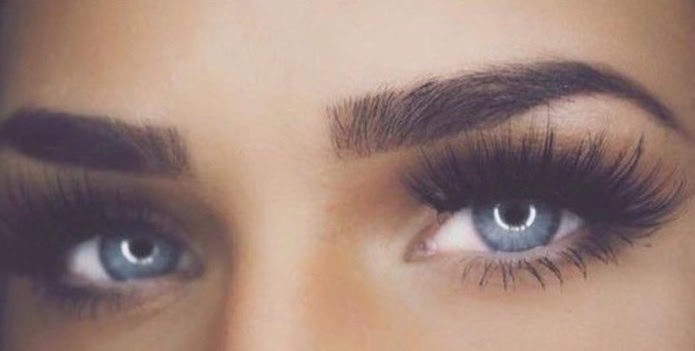
You can learn the fundamentals in as little as three days. Unlike cosmetologists and estheticians who must complete longer training programs and clear regulatory hurdles set by state boards, microblade artists can begin working much faster and earn considerably more because the service is in hot demand.
How much money you can name is really up to you. We’ll take a look at average hourly fees and how to promote your microblading business to maximize your success.
Even a newbie can still earn as much as $100 an hour.
If you’re already a licensed esthetician, adding microblading to your repertoire can expand your salon business dramatically.
Microblading to the uninitiated might seem like work similar to a tattoo artist. In reality, microblading is highly localized – strictly along the eyebrows – and requires minuscule amounts of pigment to achieve stunning results.
Another aspect of this beauty service that makes it appealing is the relative lack of competition compared to the high demand for skilled microblade artists.
And as a final, intangible benefit, you’ll enjoy the artistry necessary to bring smiles on the faces of your clients when they see the transformation. Sound good? Read on.
In this article you’ll learn:
- How much money you can make as a microblade artist
- The required training and certifications
- Professional groups to join
- Employment opportunities for microblade artists
- Finding clients
- Plus helpful tips for new microblade artists
How much money can you make?
The short answer? A lot.
Clients gladly pay anywhere from $250 to $800 for a single, microblading session, depending on location and the reputation of the salon. A treatment session typically lasts about two hours. In that premium price range, an expert microblading artist can make $125 to $400 an hour. Even after deducting the nominal cost of supplies used in the microblade procedure, including ink and sanitized needles – materials worth maybe $25 – you’re still looking at an above-average income.
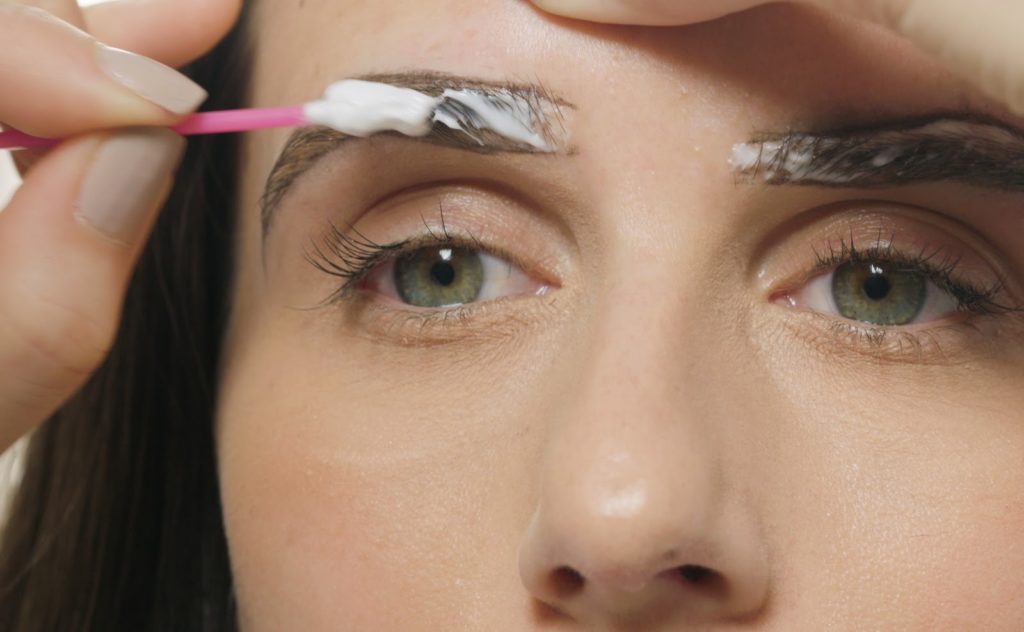
The treatment can last for 15-24 months depending on a client’s skin, so you’ll need to develop a steady stream of customers coming through the salon door. That’s because you might not see repeat business for more than a year. Don’t worry; we’ll go over techniques for marketing your microblading business later in this article.
You can check average salaries for your state with EstheticianEdu.org’s searchable web page.
Training and Certification
Because licensing regulations vary widely, the first thing to do is find out what’s required by the state where you plan to practice microblading. Here’s a state-by-state listing of official governing agencies.
Even if your locality does not require formal licensing, microblade training is still essential because this is an invasive procedure that can put you in contact with a client’s blood. As with any invasive procedure, there is also a slight risk of infection. These factors plus the fundamental skills needed to perform quality microblading make training in the profession an essential part of your career development.

AMA Microblading Academy is probably the best known and trusted Microblading training organization in the United States. Their 3-day training course costs $3,900 and is held throughout the country at different times each year.
What you’ll learn:
- The manual method of applying permanent cosmetics to the eyebrows. Similar to tattooing, although microblading requires much smaller quantities of pigment.
- Techniques for creating extremely fine, natural-looking hair strokes.
- How to apply anesthetic to minimize pain and discomfort.
- Use of needle and fine blade tools to apply pigment to the eyebrows. The pigment is applied just below the top-layer epidermis to achieve natural looking results.
- Performing touch-ups, which is usually necessary 4-6 weeks after the initial treatment.
The AMA’s image gallery offers a good look at different microblading procedures.
If you also need an esthetician certification to meet your state requirements for licensure, join the National Coalition of Estheticians, Manufacturers/Distributors & Associations (NCEA). This is the premiere organization for certifying professional estheticians in the United States.
The cost of training ranges from $664 if you pay in installments, to as low as $600 for paying upfront. You can complete the training and take your final exam at home with study materials delivered by the NCEA. For detailed information on becoming an esthetician, see Chapter 1.
Professional Groups to Join
Allure Microblading Academy is the best-known professional group for microblade artists. When you complete their training program, you’re automatically listed in their national directory of certified microblade artists. Being listed in this searchable database will help clients find your business. Serious customers will do their homework before choosing a salon. If yours is listed in the AMA directory, you’re ahead of the competition.
You can also follow AMA on social media, including Facebook and Instagram.
Another professional group for microblade artists is The Society of Permanent Cosmetic Professionals. Membership in this organization shows you are dedicated to promoting the ideals and standards of the society by offering cosmetic tattooing that follows all safety standards specific to the permanent cosmetic process. Becoming a member entitles you to use the society’s logos and branding material on your own website, which builds your reputation as a highly qualified professional. An annual membership costs $325 if you pay that amount upfront, or you can choose monthly payments of $29. You can sign up here. Anyone can join so long as they agree to the SPCP’s code of ethics.
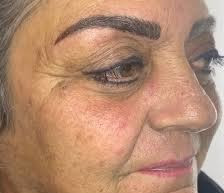
Both organizations provide networking opportunities to connect with other members, which can help you when searching for a new microblade job.
If you pursue certification as an esthetician as part of your career preparations, maintaining your membership in the National Coalition of Estheticians, Manufacturers/Distributors & Associations (NCEA) will further expand your professional network while providing opportunities for continuing education.
Employment
You’ll need at least 100 hours of training in permanent cosmetics before most salons and spas will hire you to provide microblading services. If you can’t hit this number during your actual training program, you may be able to apprentice with a microblade artist and get some hands-on time until you reach the requisite hours.
Use your professional memberships to connect with other microblade artists and ask them point-blank: who’s hiring? You may find out about upcoming job openings that have yet to be advertised.
Visit every salon and spa in your area to drop off a resume and copies of your certifications and license. While they may not have an immediate opening, the salon owner is going to remember you took the time to introduce yourself and make a good impression. Dress professionally for the occasion.
Don’t overlook employment search sites such as Indeed.com, Simply Hired and Zip Recruiter for microblade artist opportunities.
Finding Clients
In addition to your business website, set up an account on Instagram devoted to your microblading services. Then post pictures. A lot of pictures. Instagram is the top platform for microblade artists to showcase their work. Be sure to get written permission from your clients before you post images of their faces. Close-up shots of eyebrows and microblading work are probably safe to use if there are no identifying marks on the images. Take “before” and “after” photos for maximum impact.
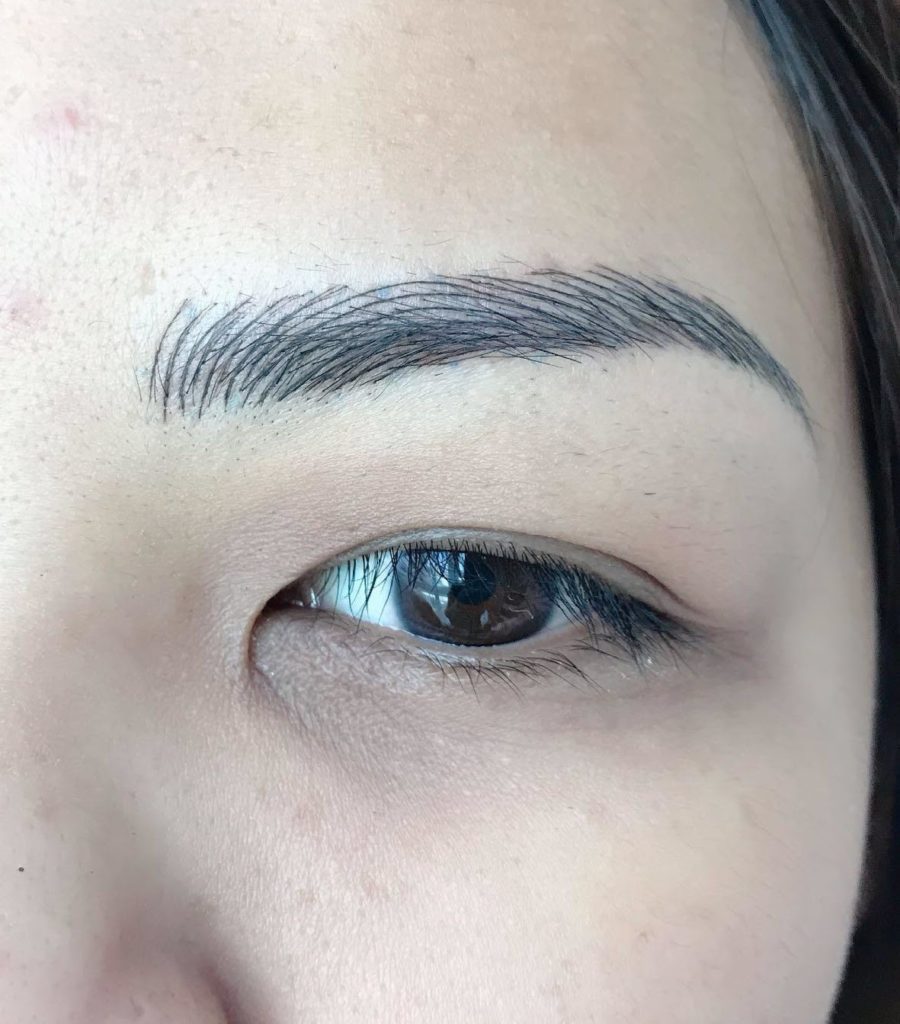
Other strategies for attracting new business:
- Offer a discount to new clients.
- Set up a referral program to give discounts to returning customers who bring new clients to your door.
- Ask clients to review your services online. According to a survey, 90% of people say their buying decisions are influenced by positive online reviews.
- Have all new clients complete a basic form about their interest in your microblade services. Be sure they include their contact information. This allows you to follow up with customers and boost your repeat business. Because many microblading procedures can last more than a year, you’ll need a steady stream of customers before you start to see repeat business months later.
Good to know:
Always use hashtags on your Instagram posts. That’s how people will find you. Without hashtags, all your beautiful images might as well be invisible. Here are ideas to use:
#Microblading
#MicrobladingEyebrows
#Micropigmentation
#Eyebrows
#MicroStroking
#Brows
#PermanentMakeup
#SemiPermanentEyebrows
#SemiPermanentBrows
#PermanentCosmetics
#SemiPermanent
#FeatherBrows
#FeatheredEyebrows
If you enjoyed this article, check out some other PocketSuite.io content that can help you grow your career as a microblade artist. Here’s a great place to start.
PocketSuite has thousands of business owners who all started where you are right now. Our community is always happy to help you ramp up, grow your client base, and achieve your income goals, both within the PocketSuite app and as part of our exclusive Facebook Community Group. PocketSuite’s vision is for any professional to be able to work for themselves and make a great living. It starts here. It starts with you. It starts today. Let’s get started, download PocketSuite now! Feel free to reach out with any questions (we’d love to hear from you)! Text us @ (415) 841-2300.



